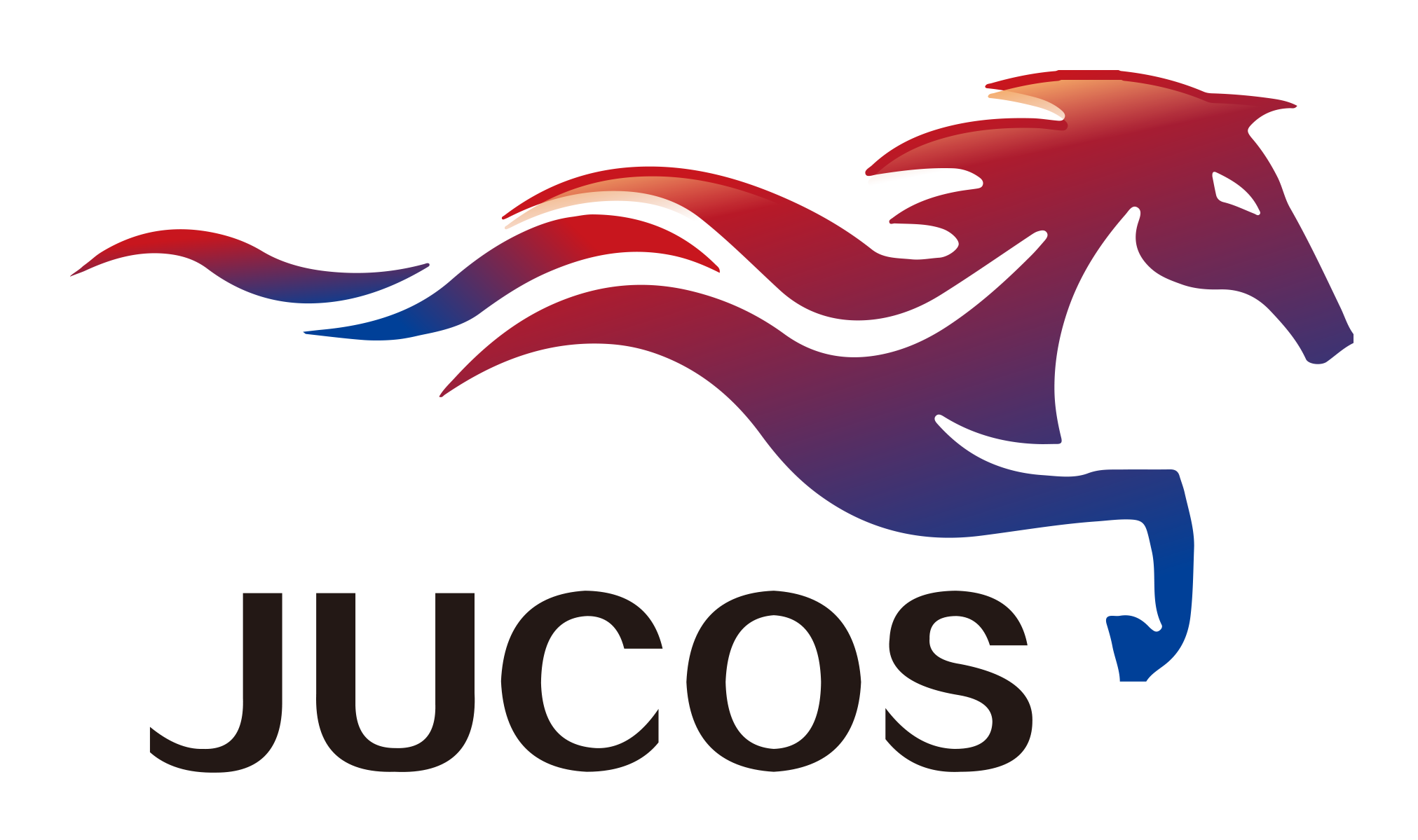The latest development of magnesium alloy surface treatment technology
The latest development of magnesium alloy surface treatment technology
Because magnesium alloys are extremely active, there is often a layer of oxides on the surface, so the surface treatment of magnesium alloys is difficult. Special handling methods must be used. The existing surface treatment technology is immature, often making the alloy surface very rough and using a lot of non-environmental chemicals. In recent years, there have been new developments in advanced surface treatment technology for magnesium alloys.
The developed technology includes three parts: electroplating, conversion layer and anodizing. The surface treatment of magnesium alloy is mainly to improve the appearance of the product and improve the wear resistance and corrosion resistance. Its functions are as follows:
(a) decorative surfaces;
(b) forming a protective layer to prevent the magnesium alloy from being exposed to air;
(c) Filling and modifying the surface holes of die castings;
(d) increase the adhesion between the magnesium alloy substrate and the organic coating;
(e) improving wear resistance;
(f) Insulate magnesium alloy from contact with other metals to prevent galvanic corrosion.
When choosing an appropriate surface treatment process, it is necessary to consider the needs of the product, such as surface conductivity, wear resistance, product application environment, and other components of the selected magnesium alloy material. Magnesium alloy surface treatment technology is aimed at the above points.
1. Electroplating
Magnesium alloy electroplating is mainly divided into two categories, one is to carry out electroless nickel deposition directly after the alloy is activated; on the other hand, it can also be electroplated after zinc precipitation. The relevant procedures are as follows:
Direct Electroless Nickel Method
Degreasing→Pickling→Activation 1→Activation 2→Electroless Nickel→Heat Treatment→Copper Electroplating→Other Electroplating
Zinc immersion method
Degreasing→Pickling→Activation 1→Activation 2→Zincing→Copper Electroplating→Other Electroplating
After pretreatment, magnesium alloys can be plated with the required metals according to product requirements, and more diverse and better functional coatings can also be obtained through vacuum ion plating. The surface of the magnesium alloy after electroplating can finally be bright, with good conductivity and good adhesion, and can pass the salt spray test for >100 hours.
2. Anodizing
The biggest advantage of magnesium alloy anodized film is its hardness, excellent wear resistance and corrosion resistance, and insulation. The process is as follows:
Degreasing→Pickling→Anodizing→Dyeing
Through special equipment and electrolyte, select appropriate voltage to generate plasma (Plasma) and micro-arc (MicroArc) in the oxidation process, so that a dense and hard ceramic oxide layer is formed on the surface of magnesium alloy, and can pass > 100 Hourly salt spray test. After this treatment, the surface of magnesium alloy can be dyed with reference to general aluminum anodization, or it can be directly covered with organic paint or other types of coatings.
3. Conversion layer
The conversion layer of magnesium alloy can bring temporary protection and corrosion resistance to the surface of magnesium alloy, and at the same time, it can also become a solid bottom layer between the alloy and the organic coating, so that the organic coating has better adhesion. For conversion layers, chroming is the most common method and the best results; however, due to environmental concerns, the use of hexavalent chromium (Cr6+)-free technology is a must. Therefore, phosphating has been used to replace the inherent chromating, and certain achievements have been achieved. The magnesium alloy after phosphating can pass the 24-hour neutral salt spray test, and after adding the organic coating on the surface, the salt spray test can even exceed 300 hours. This phosphating layer can also improve the adhesion of magnesium alloys and paints. focus.











